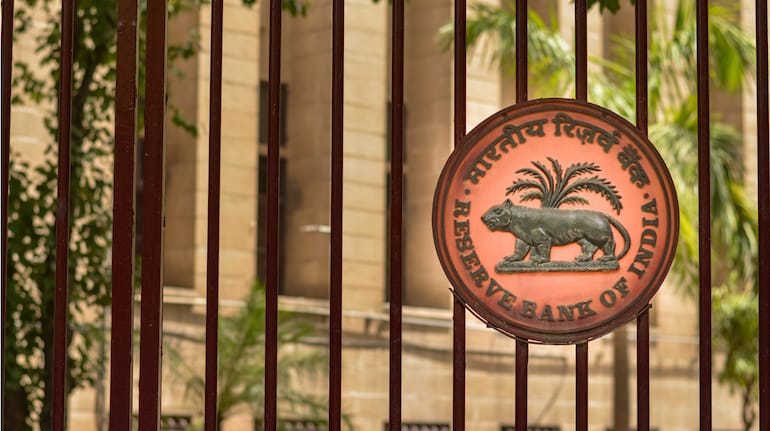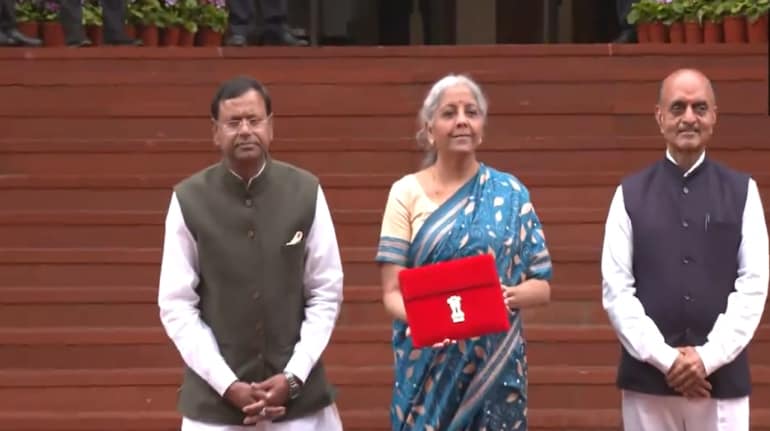
The RBI may also look at various domestic and global factors before deciding on a rate hike.
The Reserve Bank of India (RBI) will likely increase its policy repo rate by 35-50 basis points (bps) in the upcoming monetary policy after the US Federal Reserve raised its benchmark interest rate by a three-quarter point, fund managers and economists said.
But the Indian central bank may also look at various domestic and global factors before deciding on a rate hike, founders and managing directors of some companies added.
“The RBI in the next MPC (monetary policy committee) meeting may hike rates by another 35-50 bps. It will look at a combination of domestic and global factors in deciding on the rate action. While Fed action is one of the relevant inputs, this is not the only factor for the RBI’s decision point,” said Mahendra Kumar Jajoo, chief investment officer, fixed income, Mirae Asset Investment Managers.
“Considering that we are comparatively in a comfortable shape when it comes to inflation and the difference between the inflation and interest rates, and the stance of the RBI also targeting growth, we expect a hike of 25-35 bps in the December policy meet and the rates reaching 6.5 percent in January,” said Divam Sharma, founder of Green Portfolio, an online portfolio management firm.
Fed rate hike
The Federal Reserve on November 2 raised its benchmark interest rate by 75 basis points. The US central bank’s move raised its key short-term rate to a range of 3.75-4 percent, its highest level in 15 years. It was the Fed’s sixth rate hike this year—a streak that has made mortgages and other consumer and business loans increasingly expensive and heightened the risk of a recession.
Fed Reserve chairman Jerome Powell said it would continue to raise rates if inflation doesn’t cool off, but hinted that it could soon reduce the size of its rate hikes.
“The market was already factoring a 75bps rate hike by the Fed, hence there has been no major reaction in yields both globally and domestically. However, we have seen some hardening post Federal Reserve chair Jerome Powell’s press conference where he sounded slight hawkish with respect to future terminal rate expectations,” said Sanjay Pawar, fund manager, fixed income, LIC Mutual Fund Asset.
The 10-year US yield closed higher by 1 bp, while the two-year paper closed higher by 3 bps on Wednesday, November 2, after Powell said rates will go higher than expected, according to an HDFC Bank Treasury Research Desk report.
Impact on rupee
The rupee, which has been under pressure in the last few months, is expected to depreciate further as dealers expect the Fed’s rate hike will attract more funds to the US.
“The rate hike by the US will attract a flight of funds back to the US and make the dollar stronger vis-a-vis the rupee. To sustain and stabilise the rupee, the RBI will need to look at raising interest rates too in line with international trends, besides immediate direct intervention through sale of dollars,” said Jyoti Prakash Gadia, managing director at Resurgent India, a SEBI registered merchant bank.
To stop the rupee from falling sharply, the RBI is seen intervening in the market heavily using forex reserves. This has led to a sharp decrease in India’s forex reserves. So far, the central bank has spent more than $100 billion of reserves to shield the rupee. Between April 1 and October 31, the rupee depreciated 8 percent while the dollar rose 13 percent. This holds true even on a calendar year basis, from January 1 to October 31, when the rupee fell 9.8 percent while the dollar appreciated by 15.8 percent. To be sure, the US currency has gained against almost all global counterparts.
“The story of currency movements following the war in Ukraine is more about India’s resilience and stability in the face of the unrelenting strengthening of the US dollar rather than a story of weakness. It is important to evaluate these currency movements against the backdrop of global and domestic macroeconomic and financial developments,” RBI governor Shaktikanta Das said at the annual FIBAC 2022 conference organised by FICCI and IBA.
The HDFC Bank report added that the dollar index initially fell on signs of smaller rate hikes ahead in the policy statement but later regained strength with hawkish comments by Powell in the post-policy press conference. The DXY was last trading at 111.94 while Asian currencies were under pressure with the CNY trading at 7.30 against the dollar in early morning trade today.
On Thursday, November 3, at 1.30 pm, the rupee was trading at 82.88 against the dollar.
Bond yields
Money market dealers expect long-term yields to continue trading in the current narrow range unless there is any new major development as central banks have been signalling an end to peak the hike cycle or at least a slowing down in the pace hikes.
However, short-term rates may inch up further responding to rate hikes and tighter liquidity conditions, making the curve still flatter.
“The current level of the 10-year bond yield has broadly priced in the expected rate action by the RBI. Expect the short end of the curve to see further upside as liquidity conditions continue to remain tight. The long end of the curve will be under pressure (but remain range bound) from higher US yields and rising domestic policy rates and significant supply of government bonds,” Sakshi Gupta, principal economist, HDFC Bank said.
The yield on the government paper, especially the 10-year benchmark bond, has been moving in a very narrow range in the last few weeks due to some value buying by investors.
While the market has already discounted the rate hike by the Fed, on Wednesday, the yield on the 10-year benchmark 7.26 percent bond maturing in 2032 was trading at 7.4616 percent. Since the middle of last month, the yield on this bond has been moving in the range of 7.41-7.51 percent.
Currently, the total outstanding of government securities in the Indian market is around Rs 85 lakh crore, according to a dealer at a state-owned bank.
Going forward, dealers expect the yield on the benchmark bond to trade between 7.40 percent and 7.80 percent towards the end of the third quarter. “We expect the Indian 10-year bond yields to reach 8 percent in January,” Sharma added.RBI to chart own rate path despite 75-bps hike by US Fed - Moneycontrol
Read More

No comments:
Post a Comment